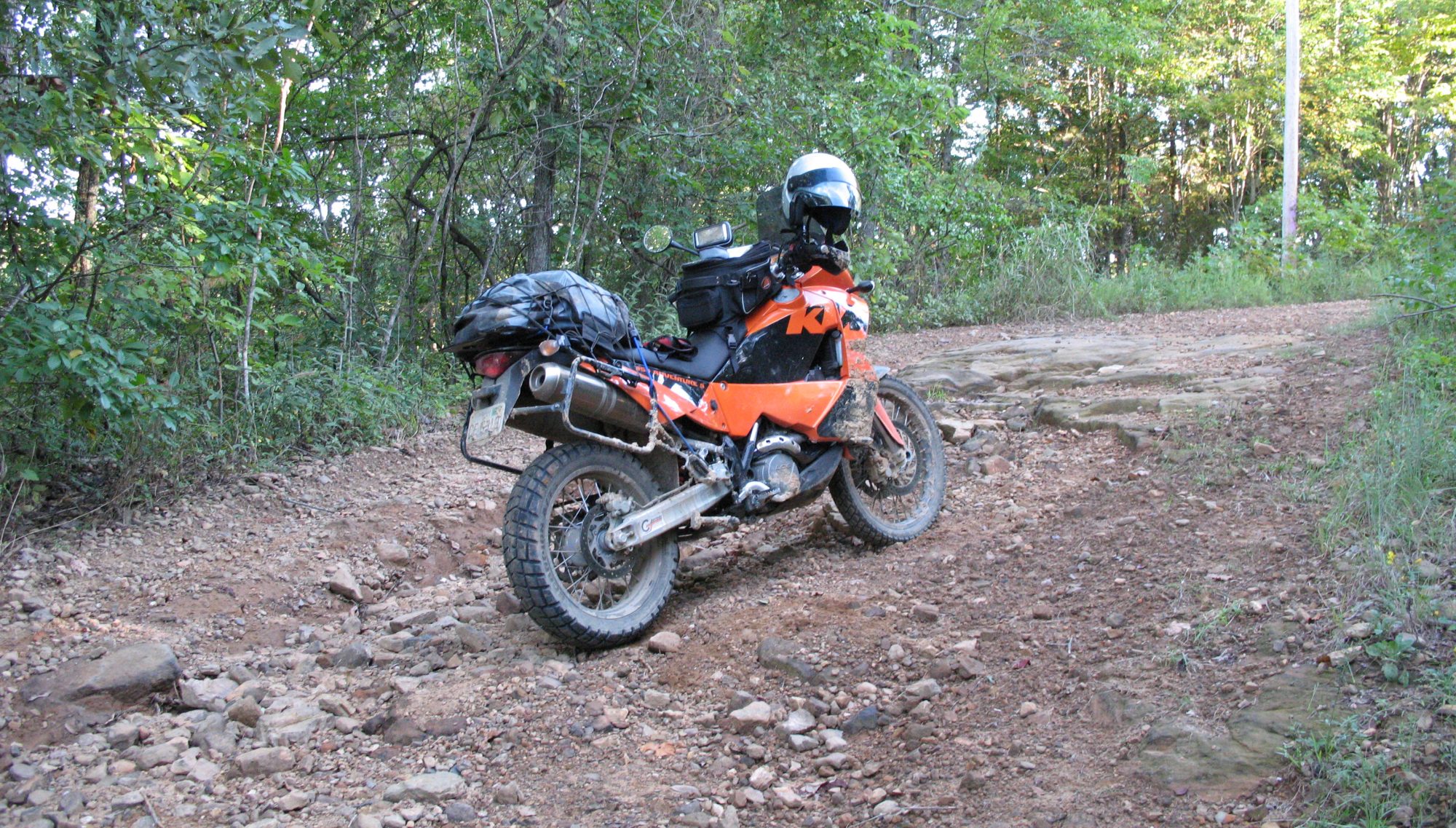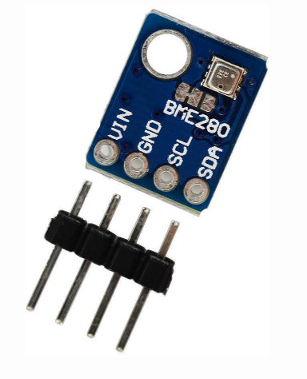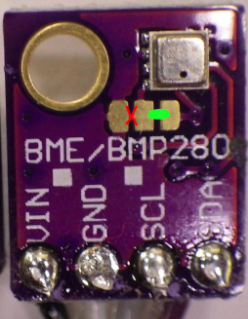I was over at my friend Greg’s house and he was shooting a new crossbow. It’s a very nice one – fast, accurate and fun to shoot. Greg is a very good shot with it. and I acquitted myself pretty well. I’ve been wanting to learn to shoot a bow for a long time, and I’ve never actually taken a step towards learning. Those few minutes shooting a crossbow at Greg’s brought back my interest in learning to shoot a bow.
I registered at archerytalk.com and started looking at used bows in the classified forum. I found a couple that looked decent, and read some reviews to see if there were any problems with the bows. I decided to make an offer on a Bowtech Fuel package that included a sight, rest, stabilizer, soft case, and some arrows with field points. We agreed on a price and I sent a check. He received the check, and a few days later shipped everything to me. I got it and it was just as nice as he had described.
Being a complete noob at archery, I decided the smart thing to do was to get the bow checked out at a local shop and have it set up for me. Greg and I went to Herndon Archery in Herndon, KY. He looked it over and said the strings looked almost new, and the brace height was right at the spec. He put it on the drawboard and said the cam timing was perfect, and the draw weight was between 38 and 39 pounds. He gave me a release and an arrow and had me draw the bow. He said the draw length needed to be lengthened to be a better fit for me. On this bow the draw length can be set by moving a module. He lengthened the draw length by an inch, and had me draw the bow again. It felt better to me and he said it looked better to him as well.
He gave me some hints about foot position, bow hand position, and some suggestions about finding my own anchor position. Now to see if I can actually hit the target with a bow.


 We also need to make a small alteration to one of the sensors to change it’s address on the i2c bus. In the following image, the red mark indicates the we are removing the connection between the left and center pad, and adding a connection from the center pad to the right pad. We are only altering one of the two sensor boards in this manner. The unaltered sensor will have bus address 0x76, and the altered sensor will have address 0x77. The test script below is coded so that the upstairs sensor is the unaltered one, and the altered sensor is the downstairs sensor.
We also need to make a small alteration to one of the sensors to change it’s address on the i2c bus. In the following image, the red mark indicates the we are removing the connection between the left and center pad, and adding a connection from the center pad to the right pad. We are only altering one of the two sensor boards in this manner. The unaltered sensor will have bus address 0x76, and the altered sensor will have address 0x77. The test script below is coded so that the upstairs sensor is the unaltered one, and the altered sensor is the downstairs sensor.